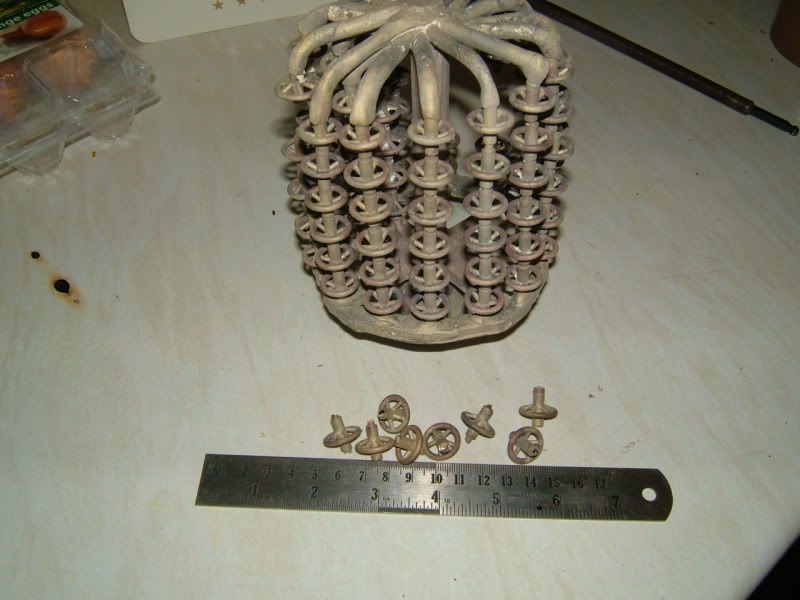matt-jaysey
Well-Known Member
- Joined
- May 19, 2012
- Messages
- 45
- Reaction score
- 14
90LX_Notch said:It's been a long time since I worked there; so I might not have it all correct.
Thanks for the comments, and im not doubting you in any way, Im just experimenting, this may work (40%) and maybe a total disaster (60%) but if problems arise, which they always seem to do, there maybe a way around them, changing the method/ materials used etc...
Im going to try different temperatures and different sand mixtures im even thinking of using a fire clay based mixture that slightly hardens when heat to melt the wax. I don't know at the moment, just gone do an extra safe test. I'll also video the test for you all to look at.
Cheers matt+














